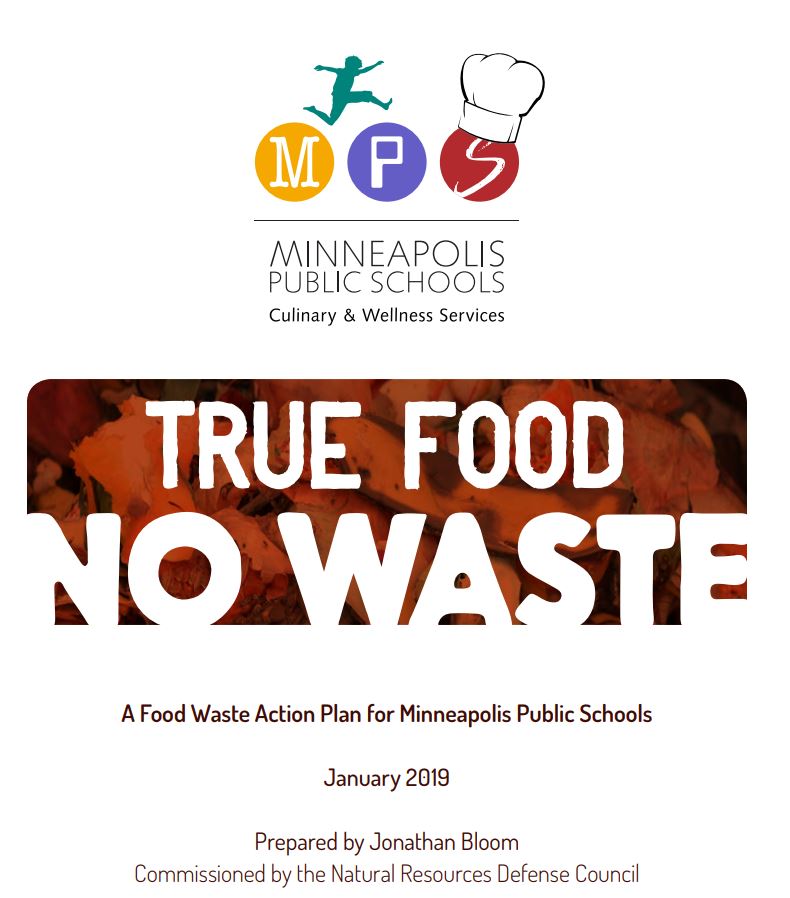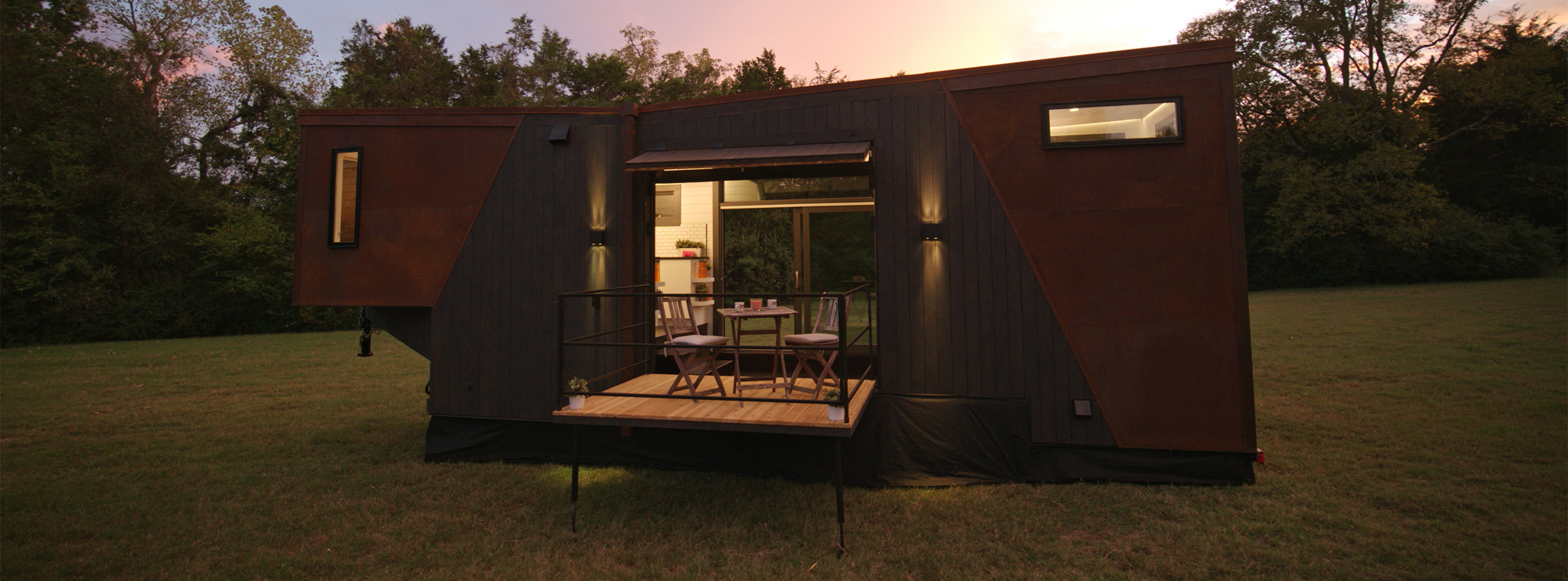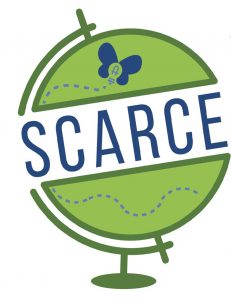Below are a few examples of food waste prevention, reduction, and diversion efforts at K-12 schools that I’ve read about recently. Check them out, and consider emulating these efforts at your school or organization!
CA: Monica Favand Campagna shared a video created to instruct parent volunteers at Franklin Elementary in Glendale, CA on proper procedures for supervising organic waste separation during breakfast, snack, or lunch. Check out the clearly marked bins for their sharing table, where uneaten, unopened foods can be placed for use by other children. According to Monica, “CA has mandates for organic waste diversion, which apply to our school district (GUSD) – and we parents at the school (I am our school’s Green Team captain via our Parent Foundation – and we also have a Green Lunch Committee under the PTA) wanted to help them initiate a program. Our hauler, Southland Disposal, provided us with green bins and picks up once per week to compost in a commercial facility about 20 minutes away. This is a pilot program for the entire GUSD – so we are really wanting this to be successful!” Good luck and continued success!
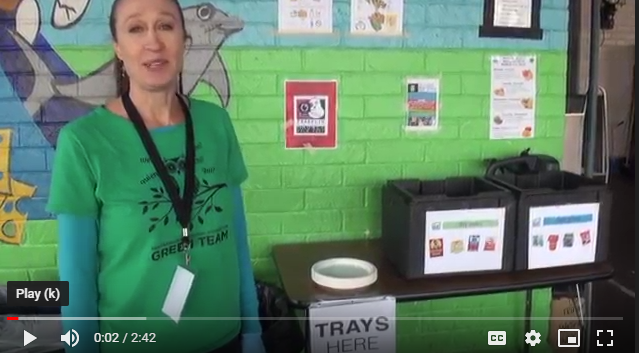 Still shot from the parent volunteer instruction video from Franklin Elementary in Glendale, CA.
Still shot from the parent volunteer instruction video from Franklin Elementary in Glendale, CA.
IL: LaSalle digs into onsite composting and slashes food waste: “LaSalle is one of several Chicago Public Schools (CPS) this past school year to engage students in environmental learning and action on a daily basis– right in their own lunchrooms. Since March 2019 when their zero waste program launched, LaSalle has reduced lunchroom landfill waste by over 50% by weight through food recovery, onsite composting, liquid diversion, and recycling.”
IL: Plainfield East High School students create a rap video to promote food scrap composting. What a great way to get fellow students thinking about waste management and learning how to sort! Will County, in partnership Organix and with some funds from ILCSWMA helped two Plainfield High Schools pilot food scrap collection and composting in Spring 2019 (see photo below, from Illinois Food Scrap Coalition Facebook post on the pilot program).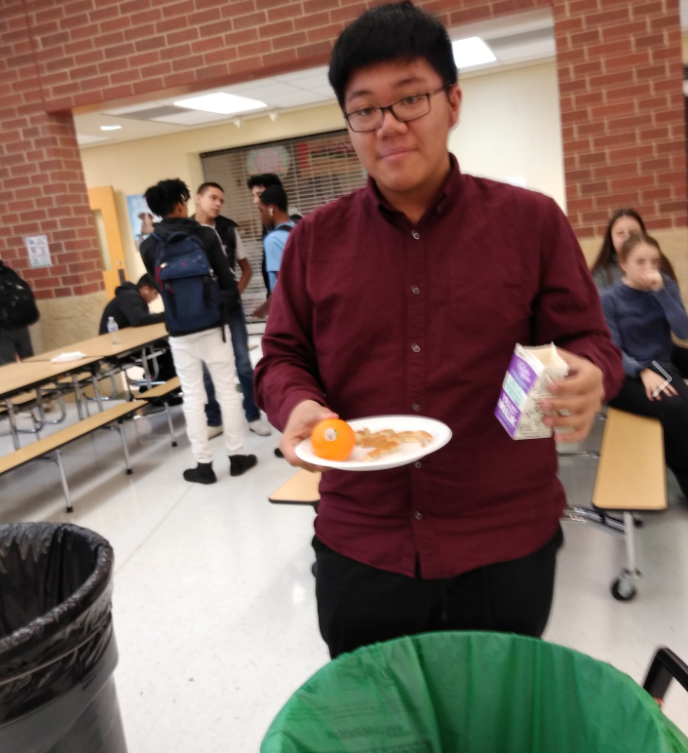
IL: Old School Montessori was among the organizations praised by the Village of Grayslake for their use of the village’s food scrap composting program. Learn more about Grayslake’s program on the Village web site: https://www.villageofgrayslake.com/533/Food-Scraps-Composting.
IL: Bloomington Public Schools District 87 was among the 2019 Illinois Green Ribbon Schools nominees. Composting was noted among the efforts highlighted for District 87: “The most innovative project implemented has been a district-wide cafeteria composting and recycling initiative. Since the start of the program in 2014, the district has reduced dumpster sizes by half, preventing over 50 tons of waste from entering area landfills.” Read about efforts from Green Ribbon Schools nominees from around the country in the US Green Building Council Green Ribbon Schools highlights document.
IL: Roundout Elementary School is the first in the Seven Generations Ahead-lead Zero Waste Schools-Lake County Program. “The school uses a structure called ‘the village,’ where each student takes a role in a village department. The Rondout Public Works Department took on the zero waste program as their project. Public Works students conducted the waste audits with SGA.” Excellent example of student engagement and incorporating food waste issues into the curriculum!
IN: School district turns unused cafeteria food into frozen, take-home meals for kids. “Elkhart Community Schools teamed up with a non-profit group called Cultivate to create a pilot program that will provide weekend meals for a small group of children at Woodland Elementary, WSBT reported…As part of the pilot program, 20 kids will receive a backpack with eight individual frozen meals every Friday until the end of the school year. The meals will be made using food that cafeteria workers prepared but never served, according to WSBT. ‘Over-preparing is just part of what happens,’ said Cultivate spokesperson Jim Conklin. ‘We take well-prepared food, combine it with other food and make individual frozen meals out if it.’
NC: This messy school cafeteria project dives into how students eat and waste food. Another great example of student engagement in a cafeteria waste audit! “After last week’s food audit, in which students sorted and weighed food waste, liquids, disposable trays and other types of cafeteria trash, Whitewater switched to compostable paper trays this week. Working with Every Tray Counts, a nonprofit group based in Chapel Hill, the school hopes to set the stage for a full-district switch from polystyrene to paper trays, following the lead of Chapel Hill-Carborro, Durham and, most recently, Wake County Public Schools.”
Are you aware of a food waste-related program at a K-12 school elsewhere? Do you have information about a food waste prevention or reduction program at a different type of organization that you think is noteworthy? Contact me with details and/or a link to the program’s web site and I’ll consider sharing it on this blog our the Green Lunchroom Challenge social media accounts.
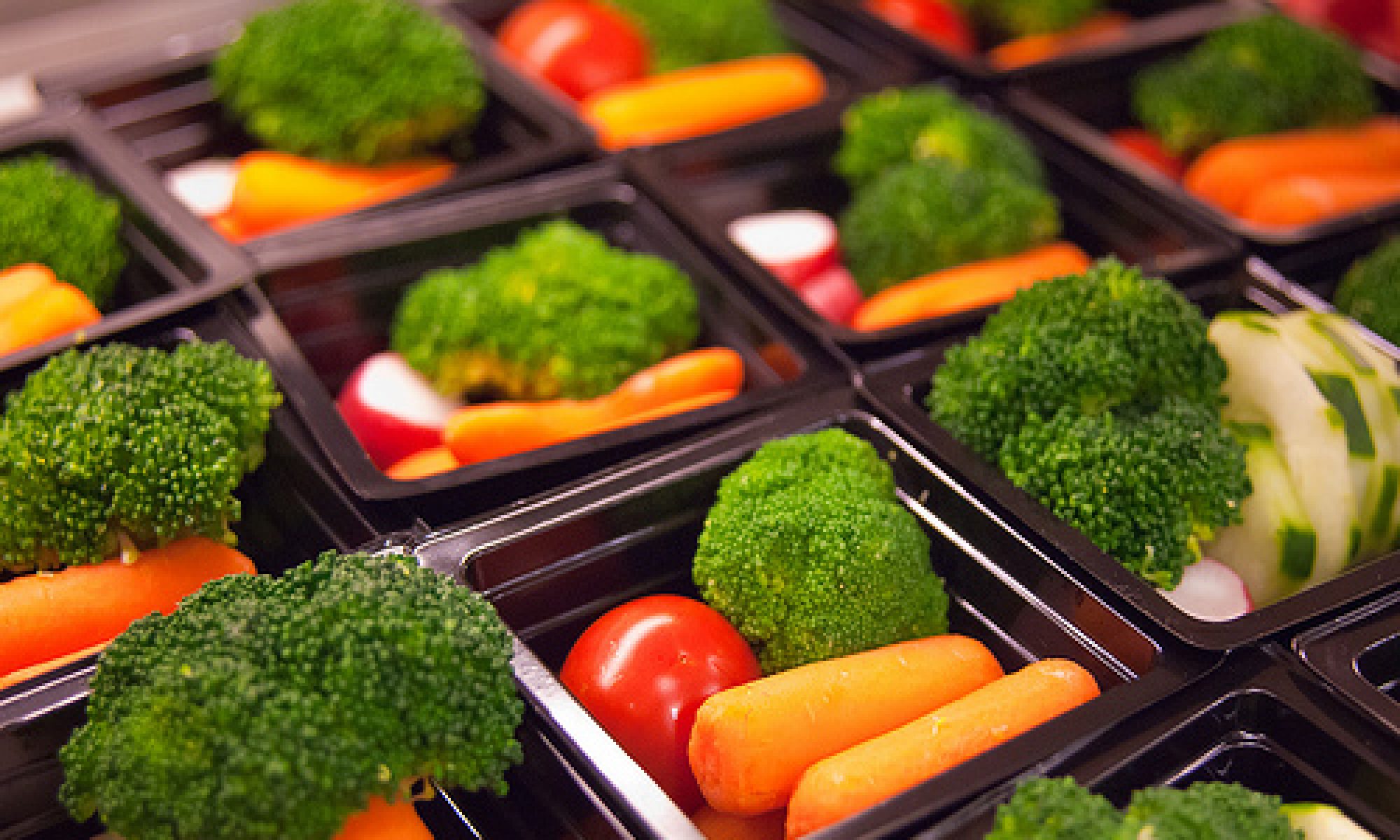
 Still shot from the parent volunteer instruction video from Franklin Elementary in Glendale, CA.
Still shot from the parent volunteer instruction video from Franklin Elementary in Glendale, CA.

